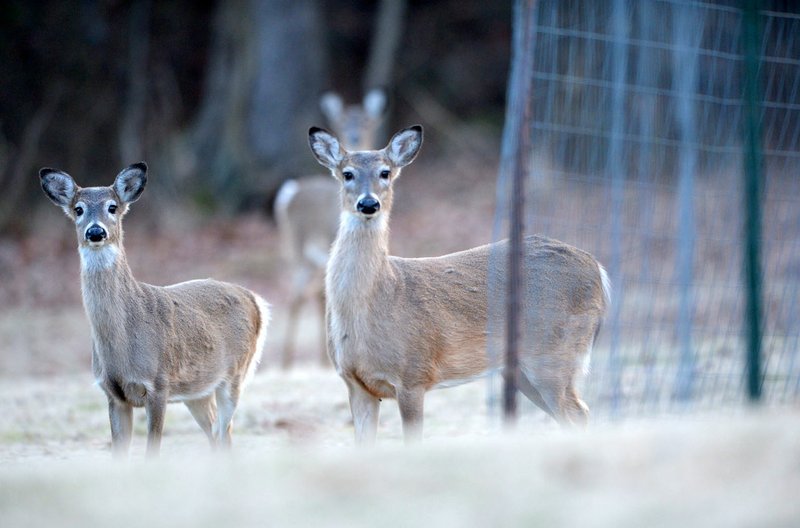As the cold weather approaches, it gets along with it, a pretty guest too, the deers. When deers cannot find any food in the winter, they start approaching humans for it. Now, anyone who is a great animal lover, or a hunter would know this. Many people feed deers in the winter season to explore and enjoy their beauty. For this exploration, most of them only carry a bag of deer corn. Now, the question is- is deer corn enough?
Feeding deers or any other animal in the winters is surely a good deed but not a topic that can be taken lightly. There is always a right and a wrong way of doing everything, even feeding the deers. If you also want to feed deers this winter but do not know where to start from, stay right here. Because here is a whole guide on the things you should and should not do while feeding deers. So, let us dig in!
The Struggle Deers Go Through
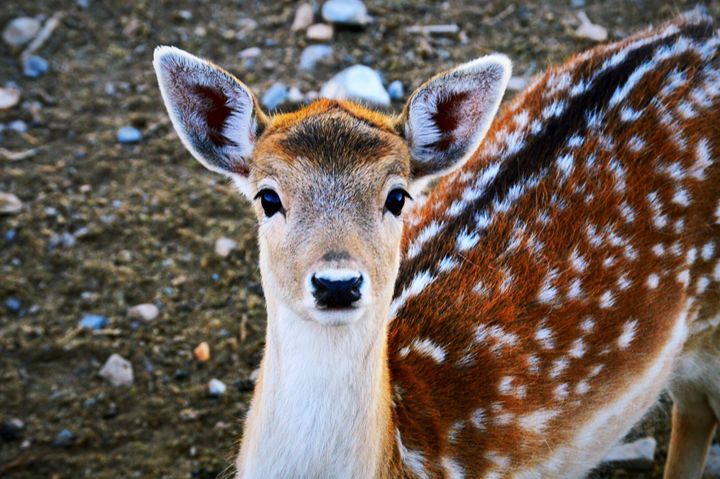
It is kind of you if you are thinking to feed the deers in winter. However, before you execute any feeding programs with just a bag of deer corn with you, you need to understand their perspective. You will be able to feed them and make them happy only when you know what a deer goes through. Whitetail deers and bucks go through a lot in the winters, especially when it is all covered with snow.
Deers feed on acorns before the winters come in and store all the cards and fats in their body. Their body weight goes up to around 250 pounds in November and drops down to 180 pounds in the winter when they could not find any food in February. In this period between November and February, they spend almost all their fat and energy reserves. Most of their diet becomes only woody browse.
Deers are given almost everything by the nature to survive winters. From finding food and a warm bed even in the worst conditions to their internal guts telling them what and when to eat, they have everything needed to survive even the worst of conditions. However, after experiencing the extreme cold weather and till making it to February, the deers find the option of supplemental feeding super easy.
The deers find the option of supplemental feeding the only option as they know about the extremely slim food sources available to them in winters. Although your feeding program can either be helpful or fatal to them, it depends on you, your area, and your conditions.
How Do You Feed Deer in The Winters?
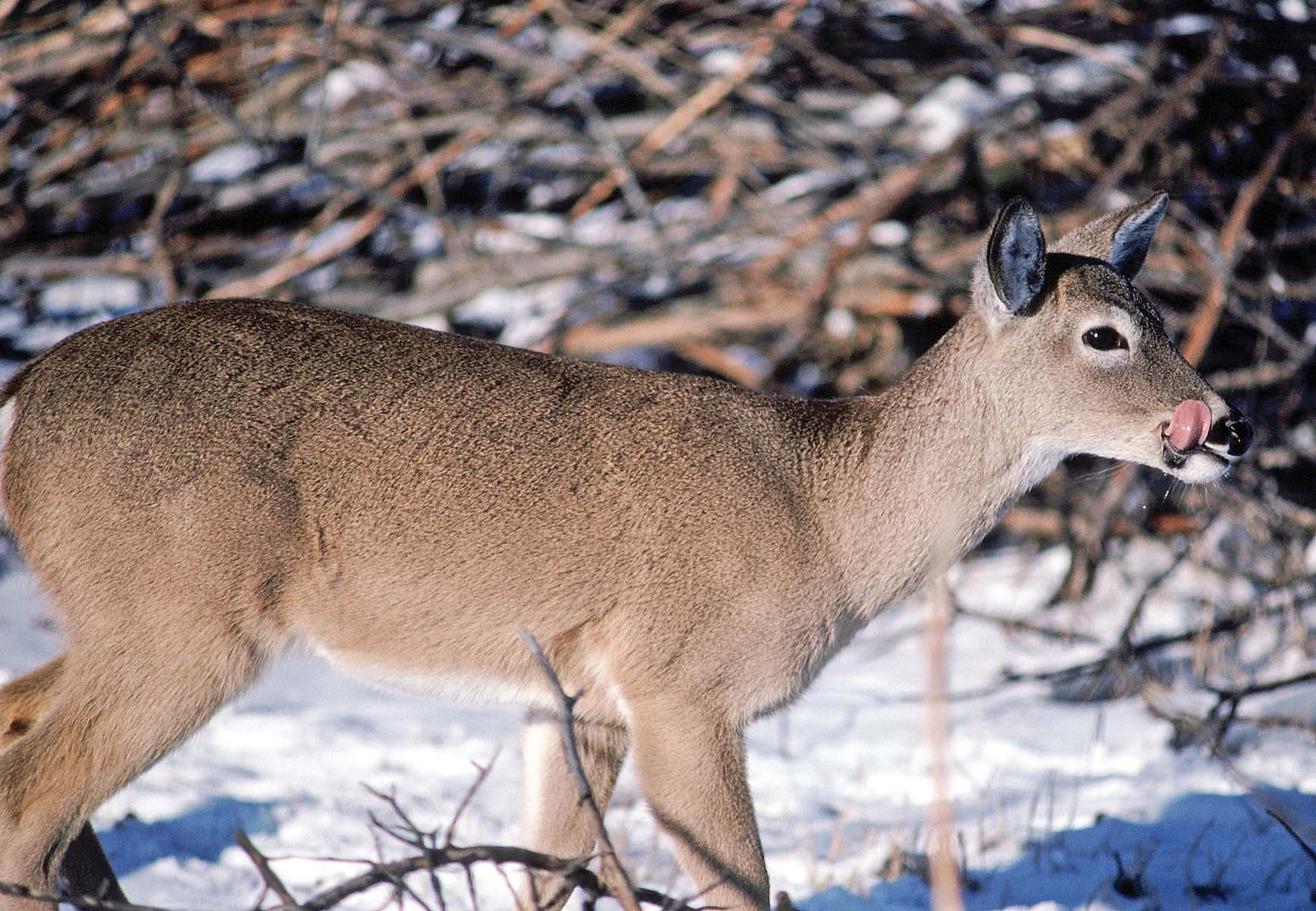
The way deers switch their diet from sources like acorns to deer corn and then at last, to woody browse with such ease is possible only when it is all done at the right time and with the right amount.
Someone who is old in the business of feeding and has been feeding deers for years would easily do it as always. Not only experience but they also gain knowledge about deers and their feeding habits in the years. However, if you are someone new in executing the feeding programs, it is time for you to learn a few things before you step out.
The deer’s gut flora needs a time of around a week to three weeks to adjust to any kind of new food source. In this adjusting time, you need to start feeding them in smaller quantities and then increase the quantity gradually. What you feed the deer is also important but let us discuss the amount of food first.
New food sources are introduced in smaller amounts to the deer because feeding them any new food in a larger quantity causes a sudden shock and switch in their internal system. This sudden shock decreases the pH level of their body, causing dehydration and eventually resulting in their death. However, regulating the number of food sources in today’s busy schedule might get difficult for you.
Being busy and not able to introduce your deer to proper amounts of food regularly- if this is the case with you, it is better to invest in a feeder. Feeders make it much easier when it comes to regulating the amount and timing of introducing new food sources to the deer.
You will just have to increase the spread time and amount of food accordingly and refill the feeder whenever needed. So, having a feeder sounds much more manageable. However, if you do have time to manage all this by yourself, you can surely do it on your own. You can introduce around 10lbs of food source over some days. This amount can be according to the deer density you are needed to feed.
What to feed?
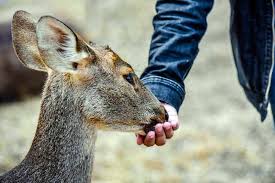
Most people just carry deer corn with them to feed the deers. However, deers cannot survive solely on corn and instead, too much corn would be harmful to them. In the extreme winters when a deer is already going through so much, you must feed it efficiently if you are planning on it. The real question while thinking about feeding the deers is this- what to feed them?
Woody browse is the answer! Woody browse like saplings, honeysuckle and briars make up more than 60% of a whitetail deer’s diet in the season. You can feed them with this food source but cannot rely on it when harder times of the season approaches. Also, you cannot overuse.
Some More Feeding Tips
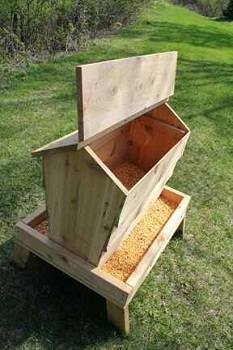
Your plans of hunting and feeding the deers can be taken to the next level easily. If you are really into this, you would probably do every possible task to get that deer into your possession. So, here are some more things that can be done to attract a wise deer in no time.
Food- Carrying some food much more than just a bag of deer corn is a great initiative. But placing this food in the right place is also important to attract a deer. You can plan on placing the feed or feeder around a food plot. This creates an amazing food source for the deers. The chances of a deer coming to you would increase.
Water- Every living organism needs water to survive. Food and water, both in one place will attract a deer the most. If you set up your place with both food and water, you are just giving the deer one more important reason to come to you.
Cover- We cannot deny the fact that food, water, and shelter are the key essentials everyone needs including animals. By providing a filled feeder, water source, a cover, and a sanctuary near the plot, you can create a great hunting hotspot.
Be it normal deer corn or anything else to eat, when you offer shelter and water with the food, your hard work is enhanced. So, set up your feeding program with all the essentials in hand. Apart from these essentials, there are some more things you need to consider before going out. Here are some factors to consider before making an informed decision. Keep reading to know!
What Else Do You Need to Take Care Of?
After reading everything mentioned above, you now probably know that feeding deers in the winter are not an ordinary task to do. There are many factors you need to take care of and consider before executing a feeding program of deers. Many countries have outlawed and restricted the feeding and baiting of deers and bucks. This is because of the many negative things associated with supplemental feeding of deers.
There are many diseases and long-term problems that a deer would have to go through if the wrong foods are fed to them. One of the dangerous diseases a deer can go through is Acidosis.
Acidosis is something that can develop within a deer without external involvements. When deers feed on a diet that is over-rich in carbs with no fibres, the microorganisms responsible for food digestion are destroyed in their stomachs. This problem is quite common when deers are fed in winter with excessive deer corn.
When adjustments are made in the stomach within the six hours of digesting a large amount of food source, commonly deer corn, a flush of lactic acid happens in the stomach. The lactic acid destroys the digestion and absorption process and decreases the pH level of their body. This leads to extreme dehydration and at last, the death of the deer.
Another big disease is Chronic Wasting Disease (CWD). It is a fatal neurological disease found in deers. Concentrating deer to feed on mineral sites increases nose to nose contact, eventually increasing the spread of disease. Providing an improper diet to deers can increase the chances of these diseases. Although there are no serious proofs of CWD found in humans, it is always recommended to keep your distance.
Moreover, increased deer traffic can cause a lot of damage to any local habitat. It can make many resources including woody browse even worse. You might place a feeder around some thick vegetation to attract the deers, but this may turn out to be a bad idea. Feeders around thick vegetation are found as a great point of attack for predators. All these negative points of starting a deer feeding program are needed to be taken care of before you execute anything.
Conclusion
There are both pros and cons associated with feeding deer in winter. There is also a particular way of feeding deers with deer corn in the winters. However, at last, what matters is how much do you wish to feed them. Deer corn, market food or supplemental feeding can either give the deers another life or can kill them.
So, before you make any decision, consider your local habitat and other factors. Make sure that whatever you do, benefits the deers of your area. Dig into this topic in-depth and then make an informed decision that benefits you as well as your deers.

